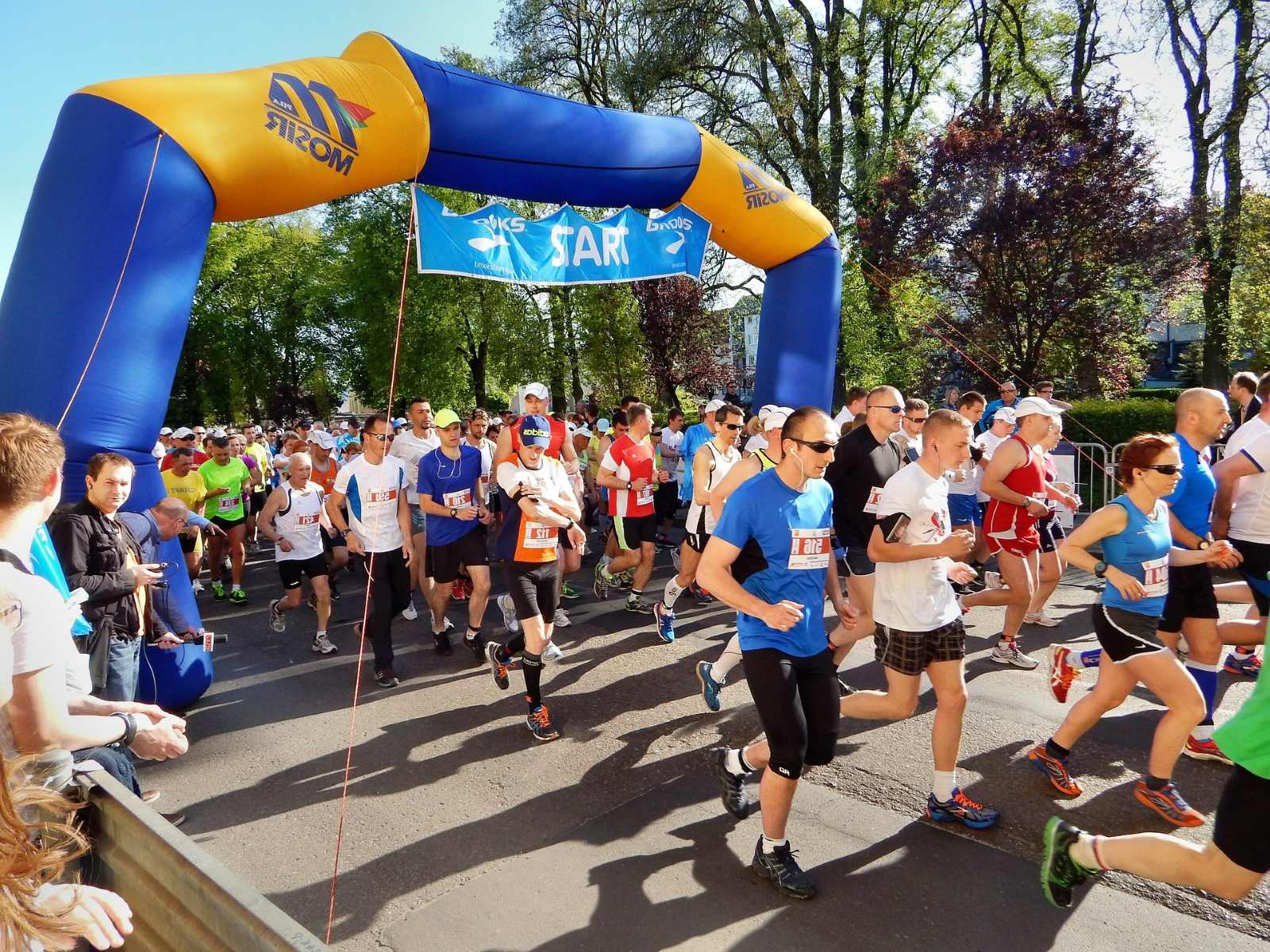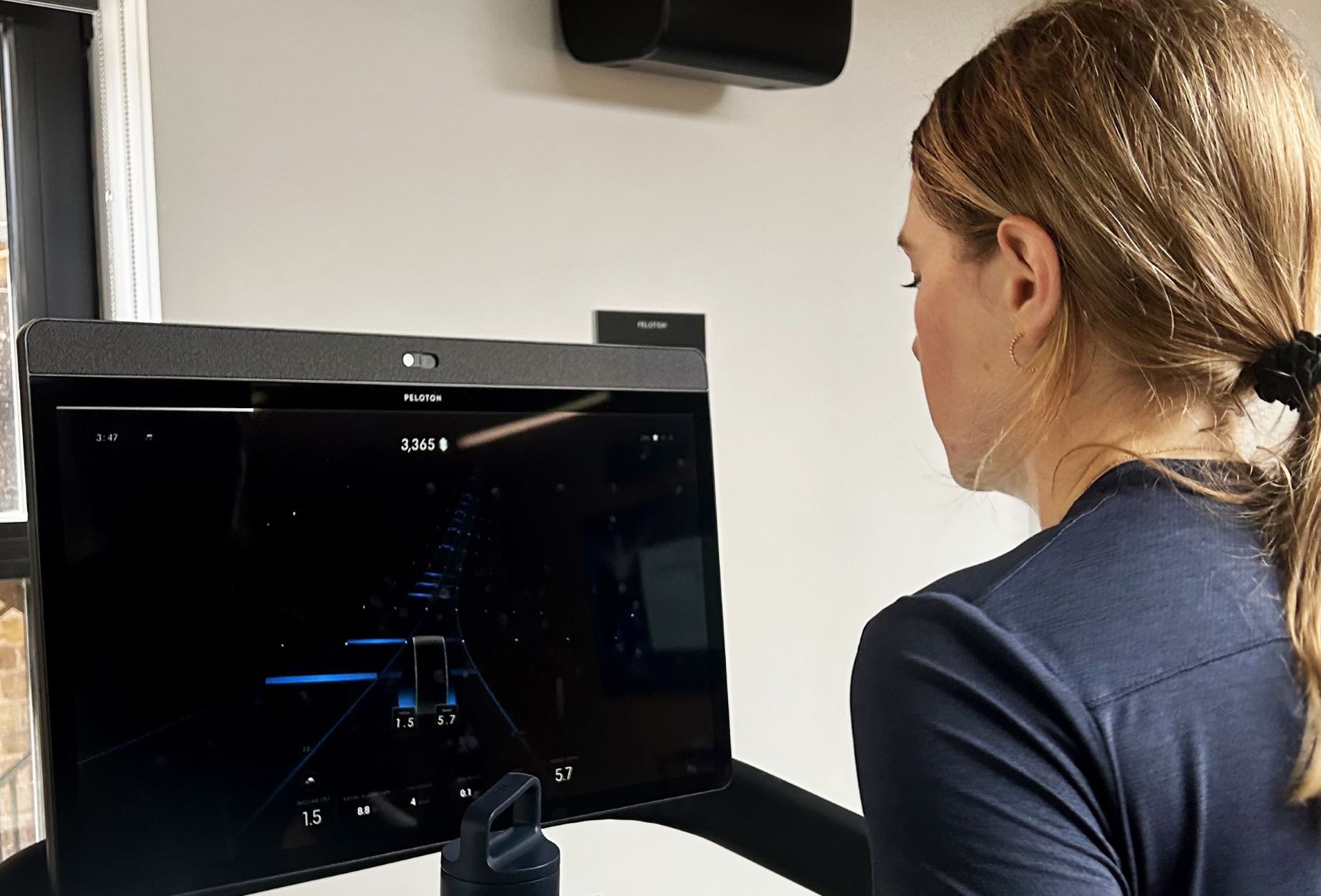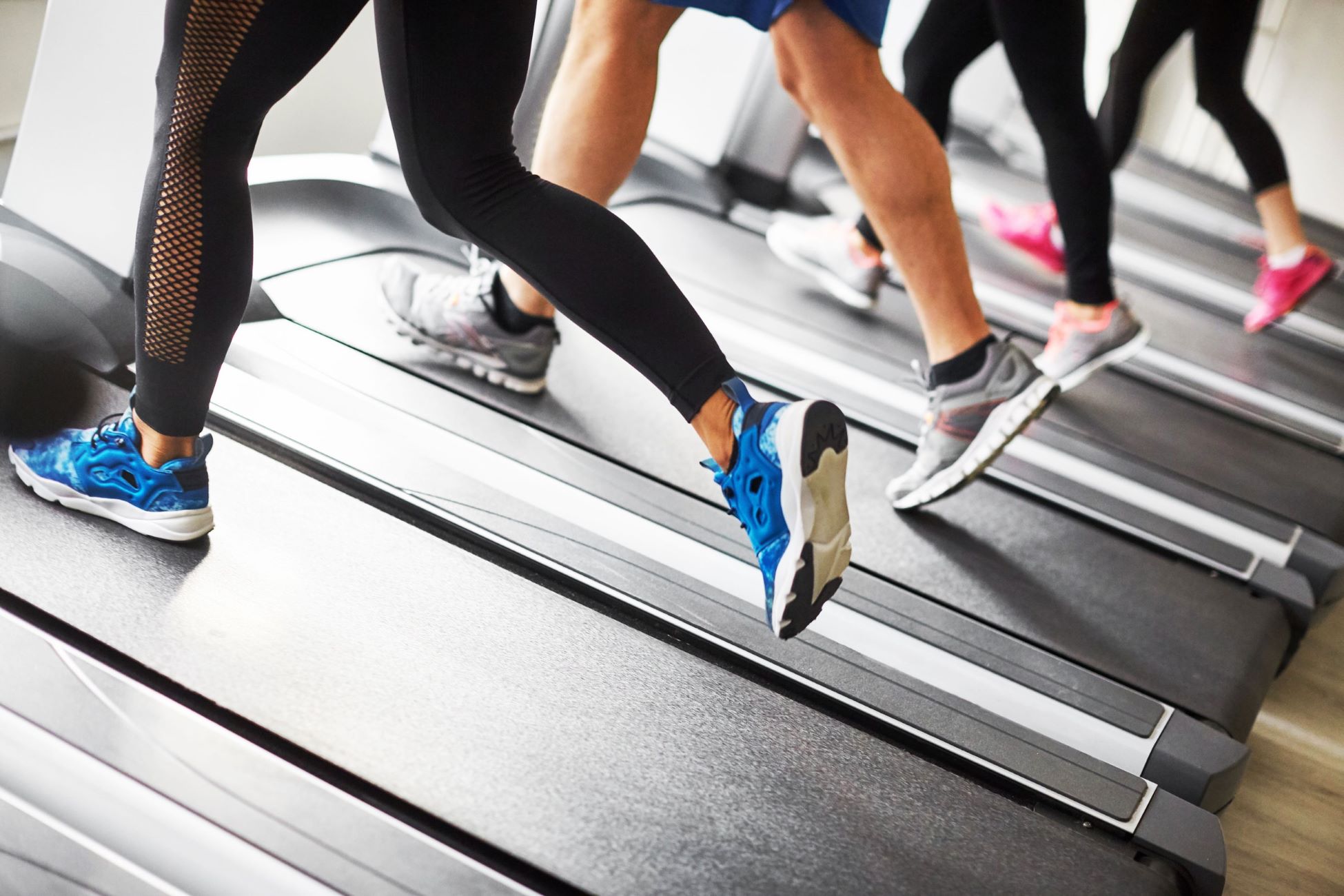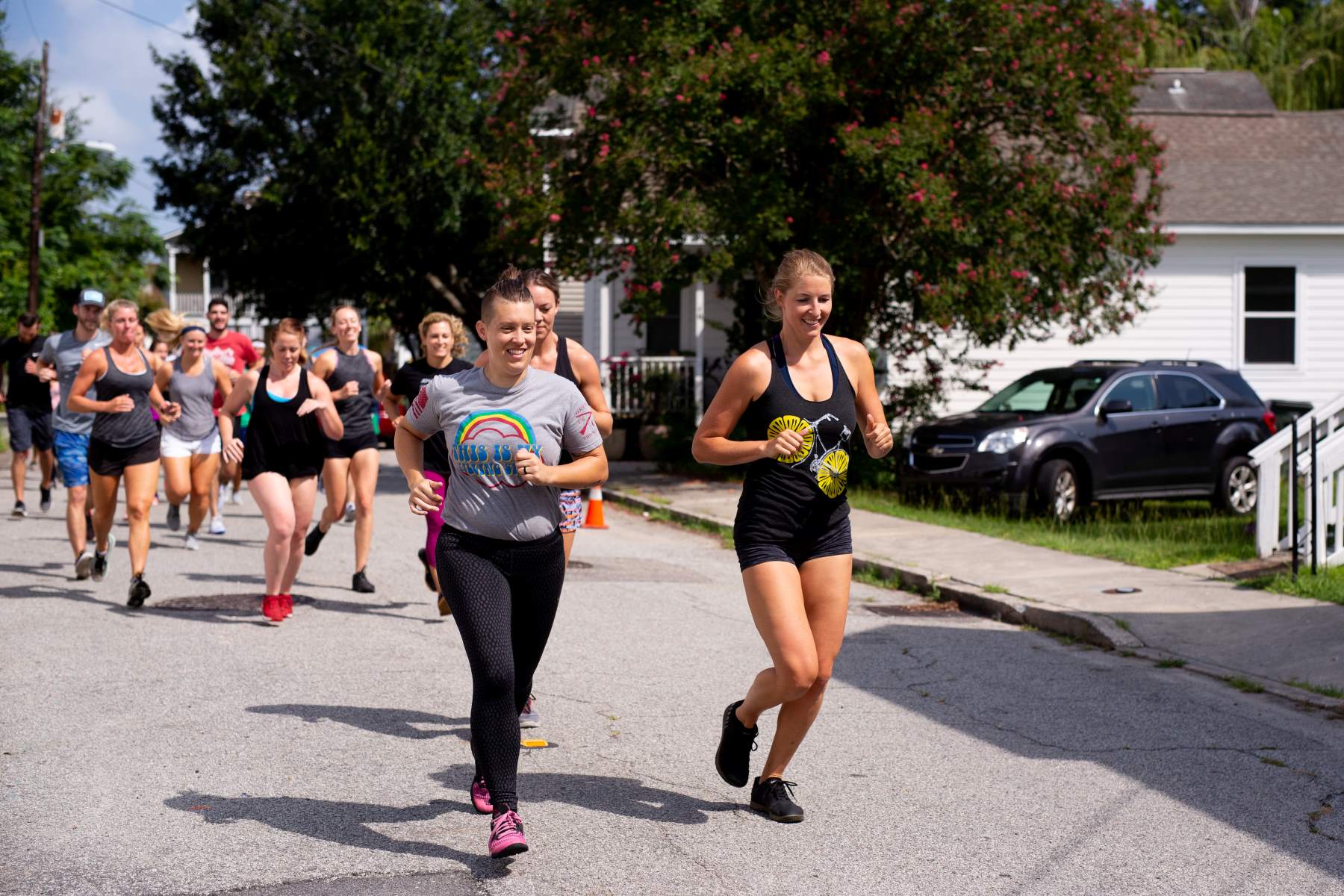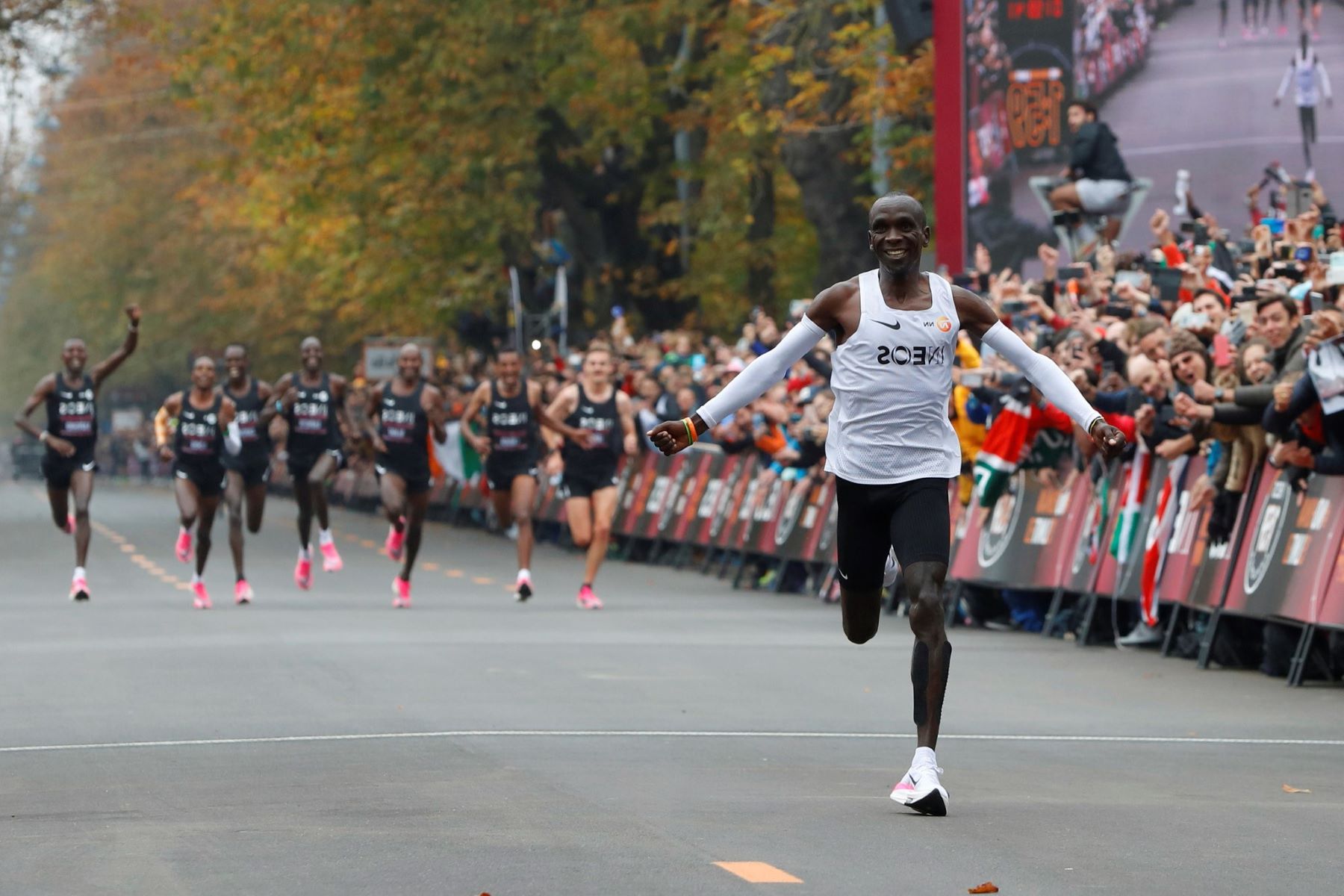Home>Training & Techniques>Training Plans>Expert Opinions On Marathon Training Using A Treadmill
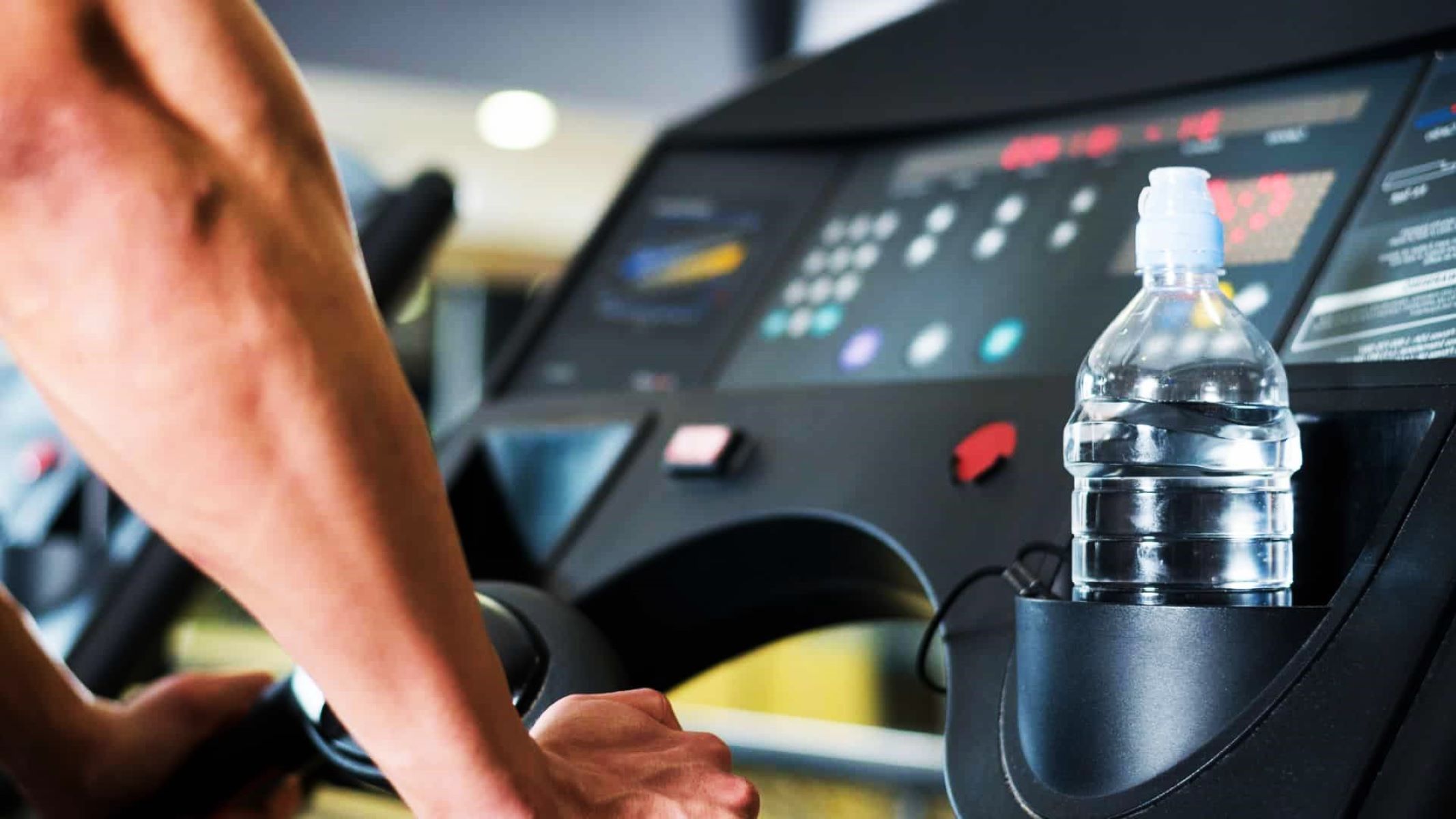

Training Plans
Expert Opinions On Marathon Training Using A Treadmill
Published: March 2, 2024
Get expert insights on marathon training plans using a treadmill. Discover effective strategies and tips for achieving your fitness goals.
(Many of the links in this article redirect to a specific reviewed product. Your purchase of these products through affiliate links helps to generate commission for Therunningadvisor.com, at no extra cost. Learn more)
Table of Contents
Benefits of Using a Treadmill for Marathon Training
When it comes to marathon training, the treadmill can be a valuable tool for both novice and experienced runners. Here are some compelling benefits of incorporating treadmill workouts into your marathon training plan:
-
Weather-Proof Training: One of the most significant advantages of treadmill training is the ability to maintain a consistent workout routine regardless of the weather conditions. Whether it's scorching heat, pouring rain, or freezing temperatures, the treadmill offers a controlled environment for uninterrupted training sessions.
-
Customizable Terrain and Incline: Treadmills provide the flexibility to adjust the incline and simulate various terrains, allowing runners to mimic the challenges they may encounter during a marathon. This feature enables athletes to target specific muscle groups and adapt to different course conditions without leaving the comfort of their training space.
-
Pacing and Speed Control: Treadmills offer precise control over pacing and speed, making it easier for runners to adhere to their training plans and achieve targeted workout intensities. This control is particularly beneficial for interval training, tempo runs, and speed workouts, as runners can accurately monitor and adjust their pace to optimize performance.
-
Joint-Friendly Workouts: Compared to running on hard pavement or uneven surfaces, treadmill running provides a more forgiving and cushioned platform, which can reduce the impact on joints and minimize the risk of injuries. This cushioning effect is especially advantageous for individuals with a history of joint discomfort or those recovering from previous injuries.
-
Safety and Convenience: Treadmills offer a safe and convenient alternative to outdoor running, particularly in areas with limited access to well-lit or pedestrian-friendly routes. This aspect is especially relevant for early morning or evening training sessions when visibility and safety concerns may arise.
-
Monitoring and Feedback: Many modern treadmills are equipped with advanced monitoring features, including heart rate tracking, distance measurement, and calorie expenditure calculations. These metrics provide valuable feedback to runners, allowing them to track their progress, set achievable goals, and make informed adjustments to their training regimen.
Incorporating treadmill workouts into your marathon training plan can significantly enhance your overall preparation, offering a versatile and controlled environment to fine-tune your running performance. Whether it's overcoming weather constraints, customizing terrain challenges, or optimizing pacing and feedback, the treadmill serves as a valuable ally in the pursuit of marathon success.
Potential Drawbacks of Using a Treadmill for Marathon Training
While the treadmill offers numerous advantages for marathon training, it's essential to acknowledge the potential drawbacks associated with this form of indoor running. Understanding these limitations can help athletes make informed decisions and mitigate any adverse effects on their training regimen.
-
Monotony and Mental Engagement: Treadmill running, especially during longer sessions, can lead to monotony and mental fatigue. The repetitive motion and stationary environment may challenge runners' mental engagement and motivation, potentially impacting their overall enthusiasm for training.
-
Lack of Outdoor Terrain Variation: Unlike outdoor running, treadmill workouts lack the natural variation in terrain, such as uneven surfaces, hills, and changing landscapes. This limitation can affect the development of stabilizing muscles and adaptability to real-world course conditions, potentially leading to a less comprehensive training experience.
-
Environmental Simulation: While treadmills allow for incline adjustments, they cannot fully replicate the environmental factors encountered during outdoor running, such as wind resistance, temperature fluctuations, and altitude variations. These elements play a significant role in marathon performance and may not be adequately simulated indoors.
-
Over-Reliance on Pace Control: The precise control over pacing and speed on a treadmill, while advantageous for specific training objectives, can also lead to over-reliance on these settings. This dependency may hinder runners' ability to naturally adjust their pace and adapt to varying conditions during a marathon race.
-
Heat Acclimatization and Mental Toughness: Treadmill running may not adequately prepare athletes for the mental and physical challenges associated with running in different weather conditions. Heat acclimatization, in particular, is difficult to achieve indoors, potentially impacting runners' resilience and adaptability during warm-weather races.
-
Potential Equipment Dependency: Relying solely on treadmill training may create a dependency on specific equipment, limiting runners' adaptability to outdoor conditions and unforeseen circumstances. This reliance could pose challenges during race events that require quick adjustments to unfamiliar terrains and environmental factors.
Understanding these potential drawbacks can help athletes develop a balanced training approach that leverages the benefits of treadmill workouts while addressing the limitations. By incorporating outdoor runs, cross-training activities, and mental resilience strategies, runners can mitigate the impact of these drawbacks and cultivate a more comprehensive and adaptable marathon preparation regimen.
Tips for Maximizing Treadmill Training for Marathon Preparation
Maximizing the effectiveness of treadmill training for marathon preparation requires a strategic approach that optimizes the unique benefits of indoor running. Here are essential tips to elevate your treadmill workouts and enhance your marathon readiness:
-
Structured Interval Training: Incorporate structured interval workouts into your treadmill training regimen to improve speed, endurance, and aerobic capacity. Alternating between periods of high-intensity running and active recovery can simulate race conditions and enhance your overall cardiovascular fitness.
-
Gradual Incline Progression: Gradually increase the incline settings during your treadmill sessions to simulate uphill segments of a marathon course. This approach helps strengthen key muscle groups, such as the quadriceps and calves, while preparing your body for the physical demands of varied terrain.
-
Simulated Race Pacing: Utilize the treadmill's speed control feature to practice race-specific pacing. By simulating your target marathon pace during training sessions, you can familiarize yourself with the required effort level and develop a more intuitive sense of pacing for the actual race.
-
Long-Distance Endurance Runs: Dedicate specific treadmill sessions to long-distance endurance runs, replicating the duration of your anticipated marathon race. This approach allows you to focus on mental resilience, hydration strategies, and fueling techniques while building the necessary physical stamina for the event.
-
Cross-Training Integration: Supplement your treadmill workouts with cross-training activities, such as strength training, cycling, or swimming, to enhance overall muscular balance and reduce the risk of overuse injuries. Cross-training also provides a refreshing break from treadmill running while contributing to comprehensive fitness development.
-
Mindful Mental Engagement: Practice mindful mental engagement during treadmill sessions by incorporating visualization techniques and positive affirmations. Cultivating mental resilience and focus is crucial for marathon success, and the controlled environment of treadmill running offers an ideal setting for mental conditioning.
-
Hydration and Nutrition Management: Use treadmill runs to fine-tune your hydration and nutrition strategies. Experiment with different hydration schedules and fueling options to identify what works best for your body, ensuring optimal race-day preparation.
-
Variety in Workouts: Introduce variety into your treadmill workouts by incorporating tempo runs, fartlek sessions, and progressive long runs. This diversity challenges your body in different ways, preventing monotony and promoting holistic fitness development.
By implementing these tips, you can harness the full potential of treadmill training for marathon preparation, effectively addressing the specific demands of long-distance running while leveraging the controlled environment and customizable features of treadmill workouts. This strategic approach enhances your physical and mental readiness for the marathon, ultimately contributing to a more confident and prepared race-day experience.
Expert Recommendations for Incorporating Treadmill Workouts into Marathon Training Plans
As seasoned experts in marathon training, we understand the pivotal role that treadmill workouts can play in preparing runners for the rigors of a marathon. Our recommendations are tailored to optimize the integration of treadmill training into comprehensive marathon preparation plans, ensuring that athletes harness the full potential of indoor running while addressing the specific demands of long-distance races.
Customized Training Objectives
Expert marathon trainers emphasize the importance of customizing treadmill workouts to align with individual training objectives. By tailoring the incline, speed, and duration of treadmill sessions, runners can simulate race-specific conditions and progressively build the necessary strength and endurance. This customization extends to interval training, where structured speed and recovery intervals mirror the demands of marathon racing, enhancing overall cardiovascular fitness and pacing acumen.
Strategic Cross-Training Integration
Incorporating cross-training activities alongside treadmill workouts is a cornerstone of expert recommendations for marathon preparation. By integrating strength training, flexibility exercises, and low-impact cardio routines, runners can cultivate muscular balance, reduce the risk of overuse injuries, and enhance overall athletic performance. This holistic approach to cross-training complements the cardiovascular benefits of treadmill running, contributing to a well-rounded and resilient physical foundation for marathon success.
Mental Resilience and Visualization Techniques
Experts emphasize the significance of mental resilience in marathon training, and the controlled environment of treadmill running provides an ideal setting to cultivate this aspect. Incorporating visualization techniques, positive affirmations, and mindfulness practices during treadmill sessions can fortify runners' mental toughness and focus, essential attributes for enduring the challenges of a marathon race. By integrating mental conditioning into treadmill workouts, athletes can bolster their psychological readiness for the demands of long-distance running.
Progressive Long-Distance Simulations
To prepare effectively for the endurance demands of a marathon, experts recommend incorporating progressive long-distance simulations on the treadmill. By gradually extending the duration of treadmill runs and replicating the anticipated race distance, runners can fine-tune their hydration strategies, fueling techniques, and mental fortitude. This approach not only builds physical stamina but also instills the confidence and resilience necessary for a successful marathon performance.
Feedback-Driven Training Adjustments
Utilizing the feedback features of modern treadmills is a key aspect of expert recommendations for marathon training plans. By monitoring heart rate, distance covered, and pace consistency, runners can make informed adjustments to their training regimen, ensuring that they stay on track with their performance goals. This data-driven approach empowers athletes to refine their training strategies, identify areas for improvement, and optimize their overall marathon readiness.
Incorporating these expert recommendations into marathon training plans can elevate the effectiveness of treadmill workouts, providing runners with a comprehensive and tailored approach to long-distance preparation. By leveraging the versatility and controlled environment of treadmill running while addressing the nuances of marathon racing, athletes can enhance their physical, mental, and strategic readiness for the ultimate test of endurance.


